

Articles
How Much Does Faux Wood Blinds Cost
Modified: August 16, 2024
Discover the average cost of faux wood blinds in this informative article. Learn about the benefits and factors that affect the price of these stylish window treatments.
(Many of the links in this article redirect to a specific reviewed product. Your purchase of these products through affiliate links helps to generate commission for Storables.com, at no extra cost. Learn more)
Introduction
Faux wood blinds have become a popular choice among homeowners and interior designers alike. These blinds offer the beauty and elegance of real wood blinds at a more affordable price. Made from a blend of real wood and synthetic materials, faux wood blinds are durable, moisture-resistant, and easy to maintain.
When it comes to enhancing the aesthetic appeal of your home and controlling the amount of sunlight that enters your space, faux wood blinds are an excellent option. However, before investing in them, it’s important to understand the factors that can affect their cost and determine the overall budget for your window treatments.
In this article, we will explore the various factors that can influence the cost of faux wood blinds, provide an average cost estimate, discuss the key considerations when buying faux wood blinds, compare their cost with other blind options, and offer some money-saving tips.
Whether you’re renovating your existing space or decorating a new home, understanding the cost of faux wood blinds will help you make an informed decision and create the perfect atmosphere for your living spaces.
Key Takeaways:
- Faux wood blinds offer a budget-friendly alternative to real wood blinds, with prices ranging from $20 to $100 per blind. Consider factors like size, style, and brand to make an informed and cost-effective decision.
- When buying faux wood blinds, prioritize factors such as light control, privacy, and customization options. Compare costs with other blind options to find the perfect balance between affordability and elegance.
Read more: What Is Faux Wood Blinds?
Factors Affecting Faux Wood Blinds Cost
Several factors can impact the cost of faux wood blinds. Understanding these factors will help you assess the pricing and make an informed decision that suits your budget and requirements. Here are the key factors to consider:
- Quality of Materials: The quality of the materials used in faux wood blinds can greatly influence their cost. Higher quality materials, such as high-density PVC, tend to be more expensive but offer enhanced durability and a more authentic wood-like appearance.
- Size of the Blinds: The size of the blinds you need will also affect the cost. Larger blinds typically require more materials, resulting in a higher price. Additionally, custom-sized blinds may come with an added cost compared to standard sizes.
- Style and Design: Different styles and designs of faux wood blinds can have varying costs. For example, blinds with added features like decorative tapes, motorization, or cordless operation may come with a higher price tag. Additionally, the complexity of the design, such as intricate patterns or unique finishes, can impact the cost.
- Brand and Manufacturer: The brand and manufacturer of the faux wood blinds can play a significant role in pricing. Well-known brands with a reputation for quality may have higher prices compared to lesser-known brands. Additionally, blinds manufactured in countries with lower labor costs may offer more competitive pricing.
- Installation: While the cost of the blinds themselves is one aspect to consider, you should also factor in the cost of professional installation. If you choose to install the blinds yourself, you can save on installation costs but ensure that you have the necessary skills and tools.
These factors work in combination to determine the overall cost of faux wood blinds. It’s important to prioritize your requirements and budget when making your selection. Assess the quality, size, style, brand, and installation options to find the perfect balance between cost and functionality.
Average Cost of Faux Wood Blinds
When it comes to the cost of faux wood blinds, it is important to note that prices can vary significantly based on the factors mentioned earlier. However, we can provide a general estimate to give you an idea of the average cost.
On average, the cost of faux wood blinds ranges from $20 to $100 per blind depending on the size, brand, and quality of materials. Custom-sized blinds and those with additional features like motorization or decorative tapes may be on the higher end of this price range.
For standard window sizes, you can typically find faux wood blinds starting at around $30 to $40 per blind. These blinds often come in standard sizes and may have limited customizability options, which helps keep the cost lower.
On the other hand, larger windows or windows with unique dimensions may require custom-sized blinds, which can increase the cost. For custom-sized blinds, prices usually start at around $50 per blind and can go up depending on the specific requirements.
Keep in mind that the cost can also vary depending on the brand and quality of materials used. Well-known brands or blinds made from higher quality materials, such as high-density PVC, may come with a higher price tag but offer greater durability and a more authentic wood-like appearance.
It is advisable to get quotes from different suppliers or retailers to compare prices and choose the best option that fits your budget and requirements. Additionally, keep a lookout for promotions or discounts that may be available to help you save on the overall cost of faux wood blinds.
Remember, while price is an important consideration, it’s also essential to prioritize the quality and functionality of the blinds. Investing in durable and visually appealing faux wood blinds will provide long-term value and enhance the aesthetic charm of your living space.
Factors to Consider When Buying Faux Wood Blinds
Choosing the right faux wood blinds for your home involves careful consideration of various factors. By taking these factors into account, you can ensure that you make an informed decision and select blinds that meet your needs and preferences. Here are the key factors to consider when buying faux wood blinds:
- Light Control and Privacy: Determine the level of light control and privacy you require. Faux wood blinds come in different slat sizes, and larger slats allow more light to enter the room when tilted. Additionally, consider the option of adding a privacy liner for enhanced privacy.
- Style and Design: Choose a style and design that complements your home decor. Faux wood blinds come in a variety of finishes, colors, and textures to match different interior styles. Consider the overall aesthetic you want to achieve and select blinds that align with your vision.
- Operating Mechanism: Decide on the operating mechanism that suits your preference and convenience. Faux wood blinds can be operated using cords, wands, or cordless options, each offering different levels of ease of use and safety considerations.
- Customization Options: Consider the level of customization available. Some faux wood blinds can be customized with decorative tapes, valances, or even motorized options. These customization features can add functionality and a personalized touch to your blinds.
- Moisture Resistance: Assess the moisture resistance of the blinds, especially if you are installing them in areas such as bathrooms or kitchens. Faux wood blinds with high moisture resistance are more suitable for humid environments.
- Durability and Maintenance: Evaluate the durability and maintenance requirements of the blinds. Look for blinds made from high-quality materials that can withstand daily use and are easy to clean. High-density PVC is a popular choice for its durability and low maintenance.
- Budget: Determine your budget and explore different options within that range. Consider the trade-offs between price, quality, and features to find the best balance that meets your requirements.
By considering these factors, you can narrow down your options and find faux wood blinds that align with your needs and preferences. Remember to take measurements accurately and consult with professionals or retailers to ensure a proper fit and installation process.
When considering the cost of faux wood blinds, it’s important to factor in the size of the windows, the quality of the materials, and any additional features such as motorization or custom sizing. Prices can range from $20 to $150 per blind, so it’s best to shop around and compare options before making a purchase.
Cost Comparison with Other Blind Options
When it comes to choosing blinds for your windows, it’s important to consider the cost and compare different options available in the market. While faux wood blinds offer the beauty and elegance of real wood blinds at a more affordable price, there are other blind options to consider. Here’s a cost comparison between faux wood blinds and other popular blind options:
- Real Wood Blinds: Real wood blinds are considered a luxurious and premium option. However, they tend to be more expensive compared to faux wood blinds. The cost of real wood blinds can vary depending on the type of wood and the brand. On average, real wood blinds can cost anywhere from $50 to $200 per blind.
- Aluminum Blinds: Aluminum blinds are a budget-friendly option widely used in commercial spaces. They are durable, lightweight, and offer good light control. The cost of aluminum blinds is generally lower than faux wood blinds, starting at around $10 to $30 per blind.
- Vertical Blinds: Vertical blinds are popular for covering large windows and sliding glass doors. They are typically made of vinyl or fabric. The cost of vertical blinds varies based on the material, size, and customization options. On average, vertical blinds can range from $50 to $150 per set.
- Roman Shades: Roman shades are a stylish and versatile option known for their soft fabric folds. The cost of roman shades depends on the type of fabric, size, and style. On average, roman shades can range from $50 to $200 per shade.
- Cellular Shades: Cellular shades, also known as honeycomb shades, are energy-efficient and provide excellent insulation. The cost of cellular shades can vary based on the size, material, and customization options. On average, cellular shades can range from $50 to $150 per shade.
When comparing the cost of faux wood blinds with these options, it is evident that faux wood blinds offer an attractive balance between affordability and elegance. They provide the look of real wood blinds at a more budget-friendly price point. Additionally, faux wood blinds have the advantage of being moisture-resistant and easy to maintain, making them suitable for various areas of the home.
Ultimately, the choice of blinds will depend on your budget, style preferences, and specific needs. Consider the functionality, durability, and aesthetic appeal of each option to make an informed decision that enhances the beauty of your living spaces while staying within your budget.
Read more: How To Shorten Faux Wood Blinds
Tips for Saving Money on Faux Wood Blinds
While faux wood blinds offer an affordable alternative to real wood blinds, there are still ways to save even more money on your purchase. Consider these tips to get the best deal on faux wood blinds:
- Shop Around: Take the time to compare prices and options from different suppliers or retailers. Look for sales, promotions, or discounts that may be available. Don’t hesitate to negotiate prices or ask for discounts when buying in bulk.
- Consider Standard Sizes: Opt for standard sizes of faux wood blinds whenever possible. Custom-sized blinds usually come with an additional cost. Measure your windows accurately and choose the closest standard size to save on expenses.
- Look for Value and Quality: While price is an important consideration, prioritize value and quality as well. Investing in higher-quality faux wood blinds might cost more upfront, but they will likely last longer and provide a better long-term investment.
- DIY Installation: If you have some handyman skills, consider installing the faux wood blinds yourself. This will save you the cost of professional installation. Make sure to follow the manufacturer’s instructions and use the proper tools.
- Opt for Basic Features: Consider your needs and choose blinds with the essential features. For example, if motorization or decorative tapes are not necessary, opting for basic features can help reduce costs.
- Consider Clearance Sales or Outlet Stores: Keep an eye out for clearance sales or visit outlet stores that offer discounted prices on faux wood blinds. These options often have limited stock or discontinued styles, but you may find great deals on high-quality blinds.
- Join Mailing Lists or Loyalty Programs: Sign up for mailing lists or loyalty programs of suppliers or retailers. They often send exclusive discounts or promotional offers to their subscribed customers.
- Consider Refurbished or Used Blinds: Look for refurbished or used faux wood blinds that are still in good condition. Online marketplaces or classified ads can be a good place to find such options at a lower cost.
By following these tips, you can save money without compromising on the quality or aesthetics of your faux wood blinds. Remember, it’s important to strike a balance between cost savings and investing in blinds that provide the functionality and visual appeal you desire.
Conclusion
Faux wood blinds offer an excellent combination of affordability and aesthetics, making them a popular choice for homeowners looking to enhance the beauty of their living spaces. When considering the cost of faux wood blinds, factors such as the quality of materials, size of the blinds, style and design, brand, and installation should be taken into account. By understanding these factors and comparing prices, you can make an informed decision that suits your budget and requirements.
The average cost of faux wood blinds can range from $20 to $100 per blind, with custom-sized or feature-rich blinds being on the higher end of the price spectrum. However, it’s important to remember that the cost can vary depending on the brand, manufacturer, and specific features.
When buying faux wood blinds, consider factors such as light control, privacy, style, operating mechanism, customization options, moisture resistance, durability, and maintenance. By carefully considering these factors, you can select blinds that match your preferences and requirements.
When comparing the cost of faux wood blinds with other blind options, it becomes clear that faux wood blinds offer a cost-effective alternative to real wood blinds. They provide the same elegance and beauty at a more budget-friendly price point. Additionally, they offer features like moisture resistance and easy maintenance, making them suitable for various areas of the home.
To further save money on faux wood blinds, shop around, consider standard sizes, look for value and quality, consider DIY installation, opt for basic features, explore clearance sales or outlet stores, join mailing lists or loyalty programs for exclusive discounts, and consider refurbished or used blinds.
In conclusion, faux wood blinds are a great investment for homeowners looking to enhance their windows’ aesthetics without breaking the bank. With careful consideration of cost factors, comparison to other blind options, and money-saving strategies, you can find the perfect faux wood blinds that fit your budget and elevate the overall look of your living spaces.
Frequently Asked Questions about How Much Does Faux Wood Blinds Cost
Was this page helpful?
At Storables.com, we guarantee accurate and reliable information. Our content, validated by Expert Board Contributors, is crafted following stringent Editorial Policies. We're committed to providing you with well-researched, expert-backed insights for all your informational needs.

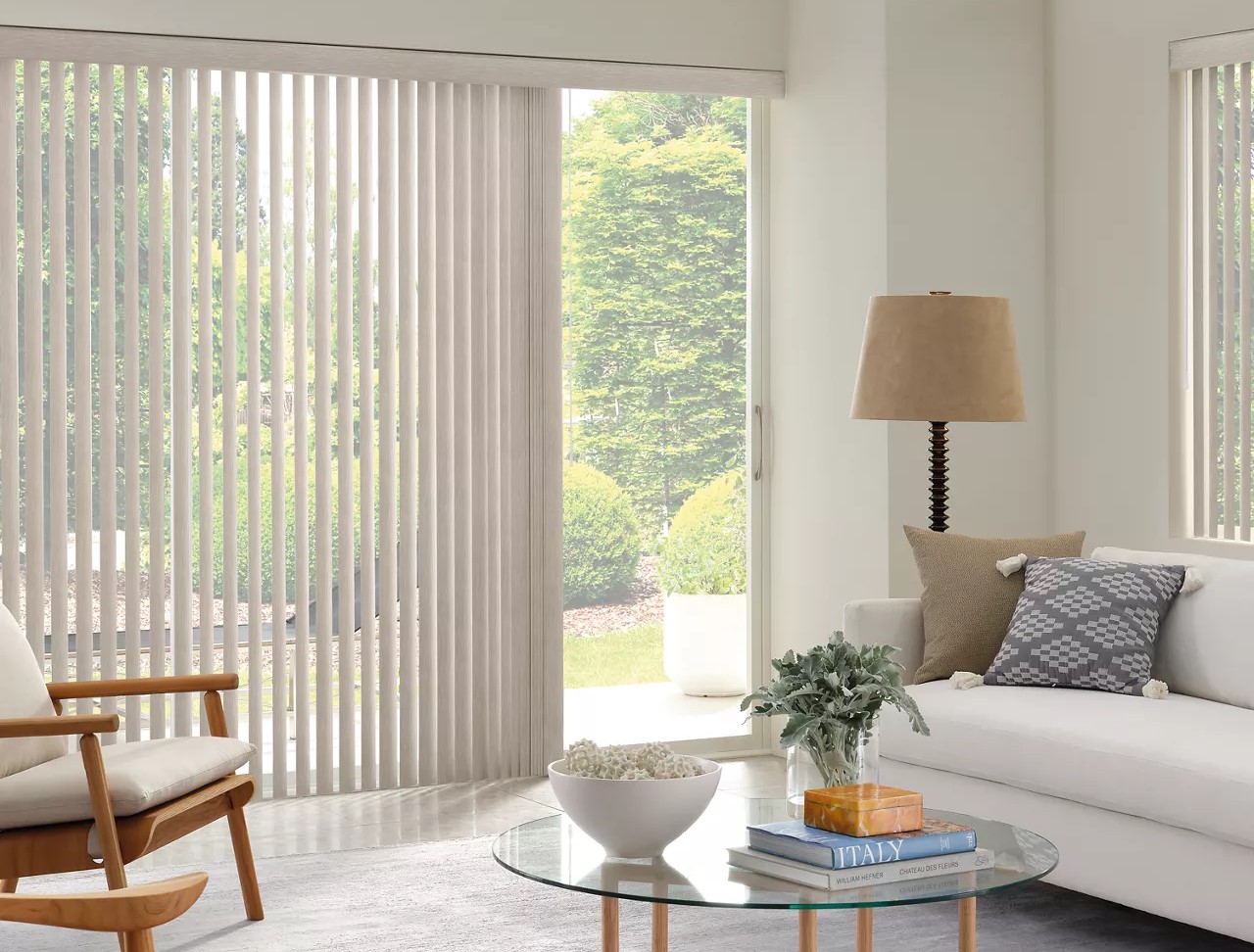
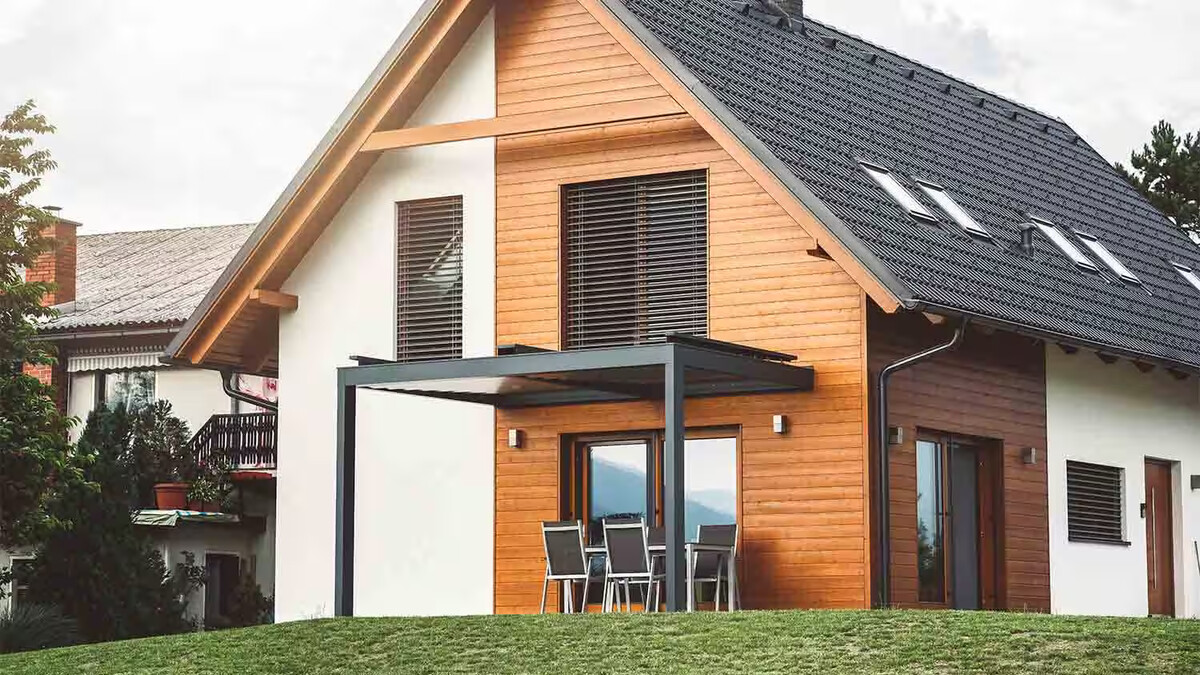
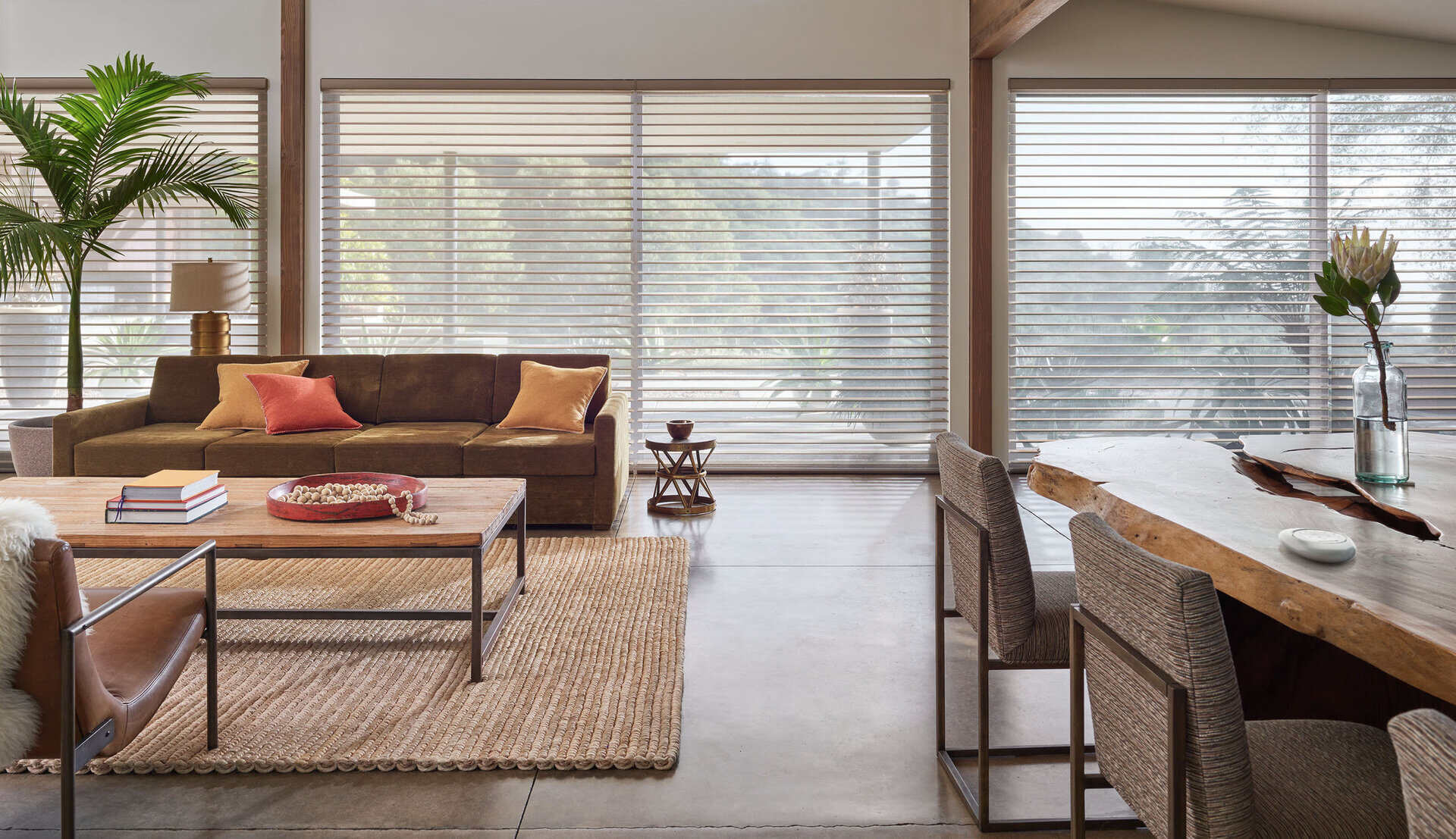

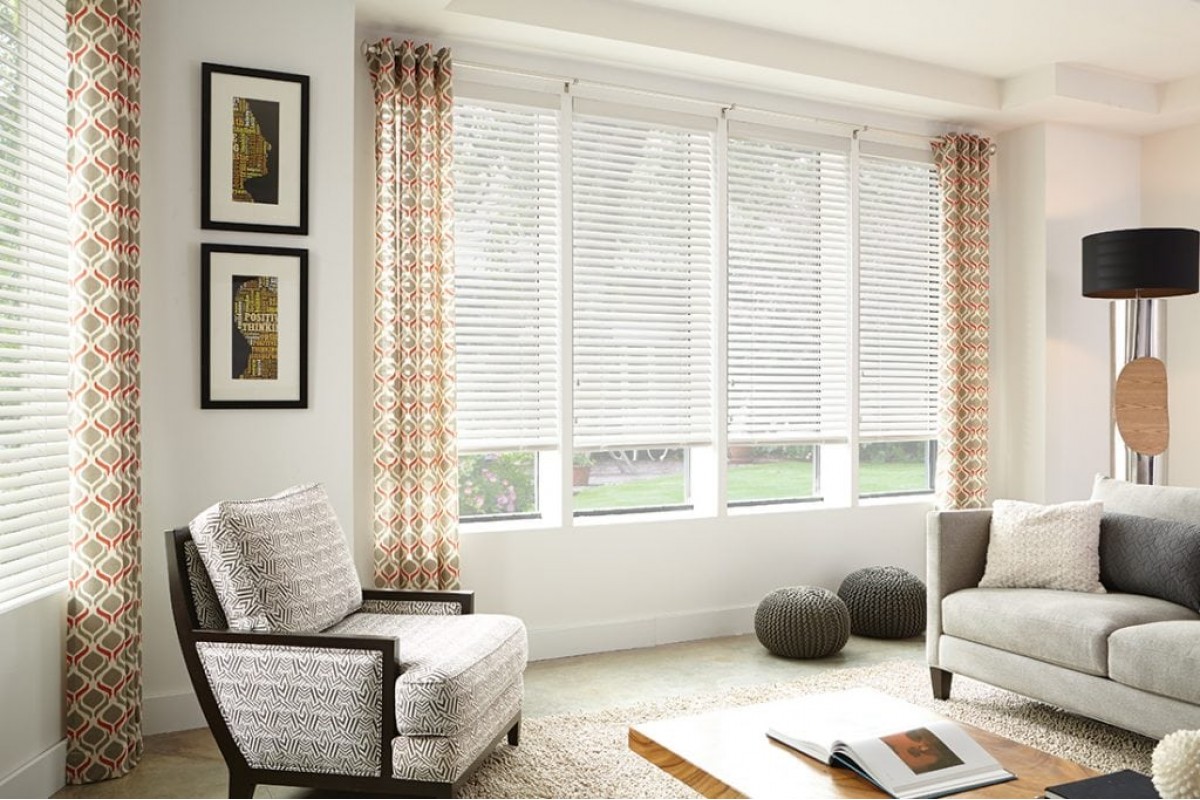
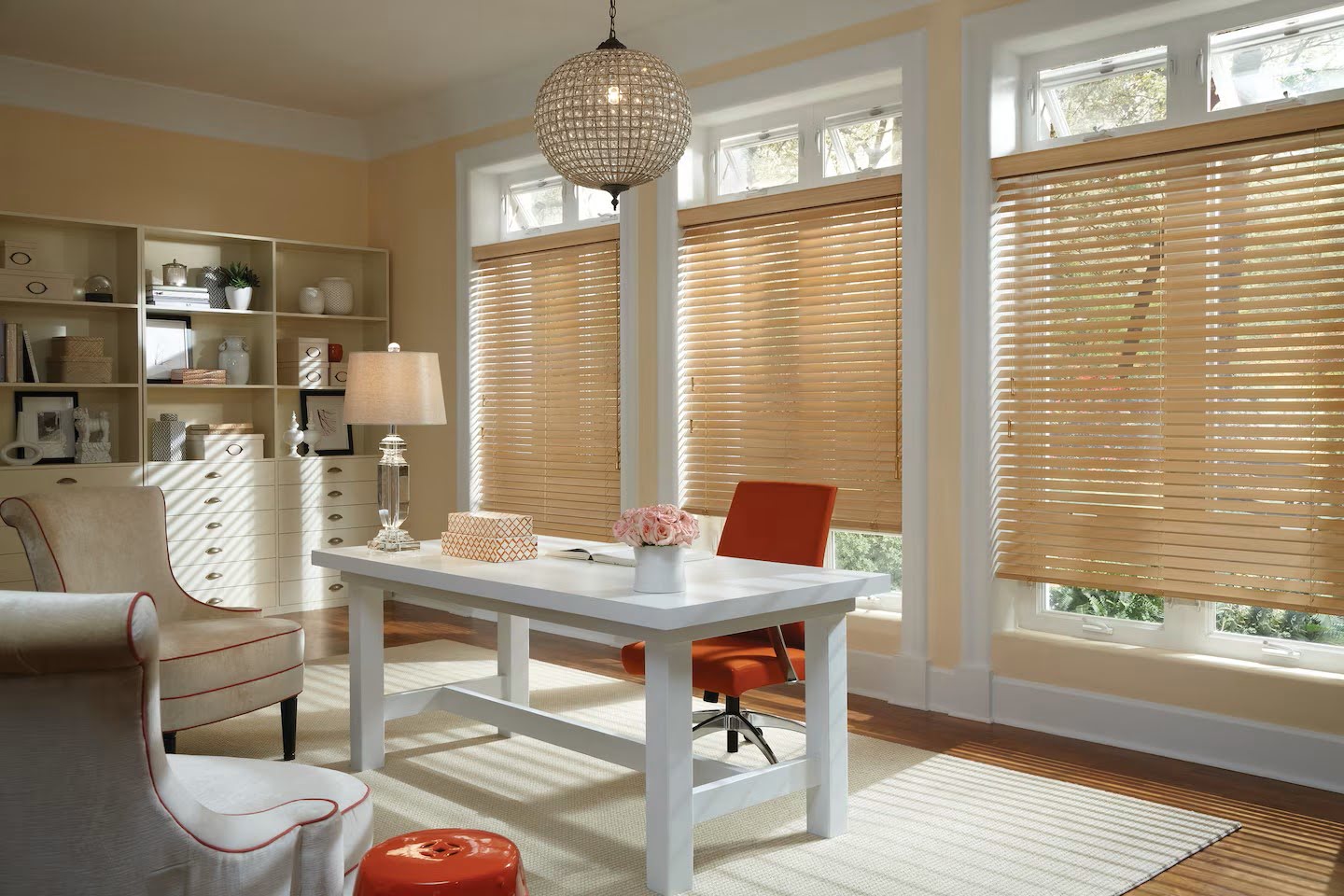
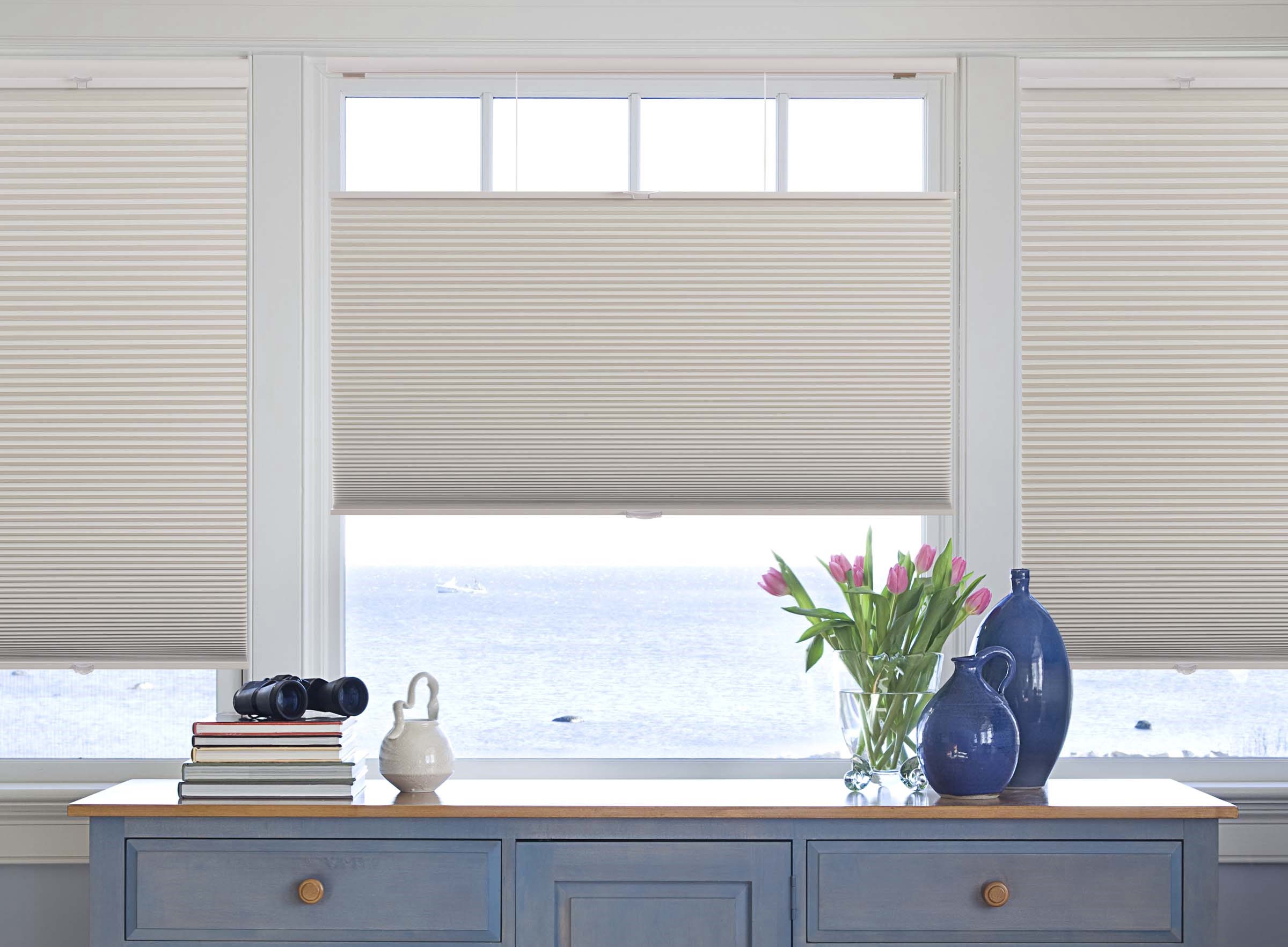
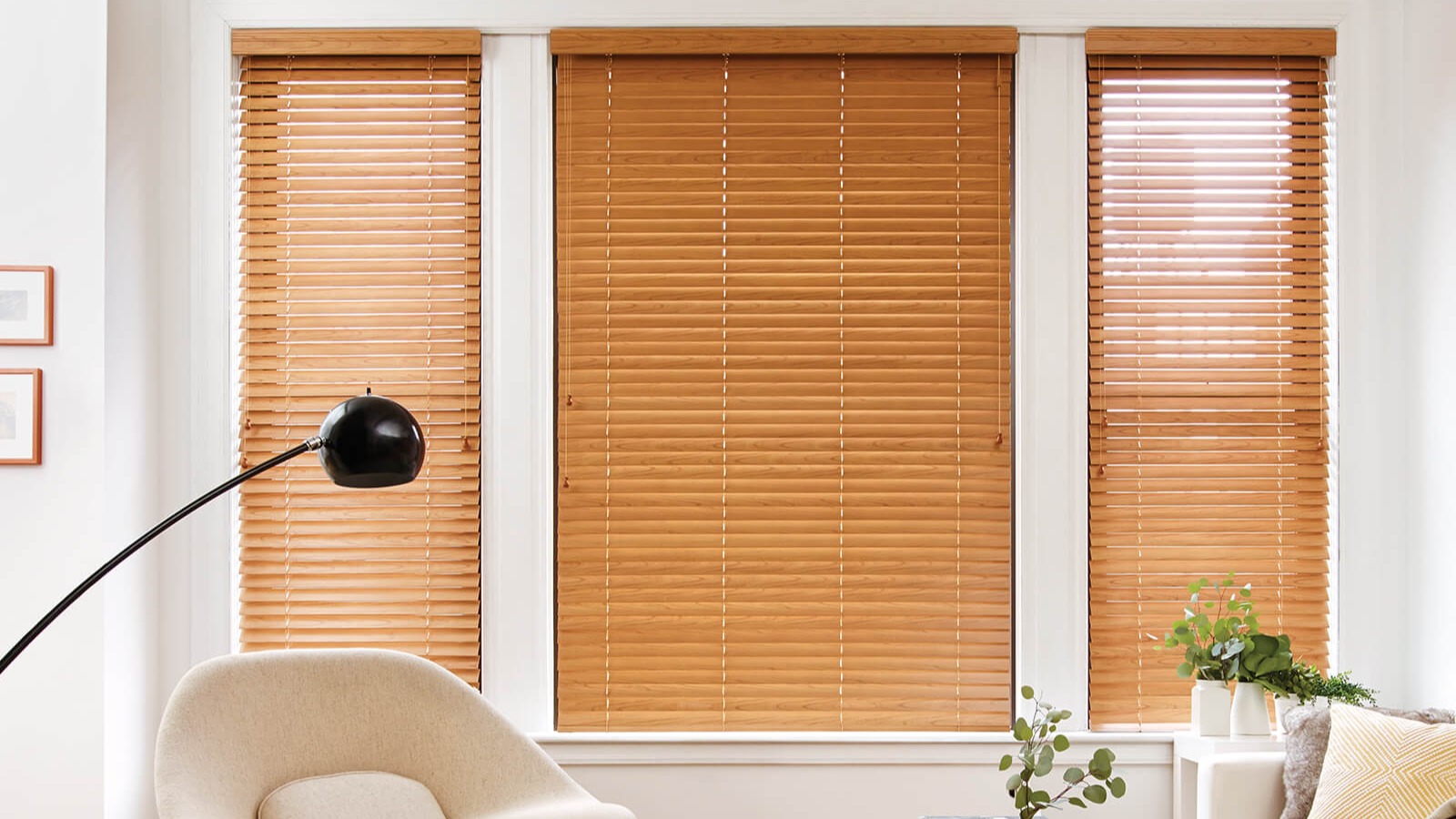
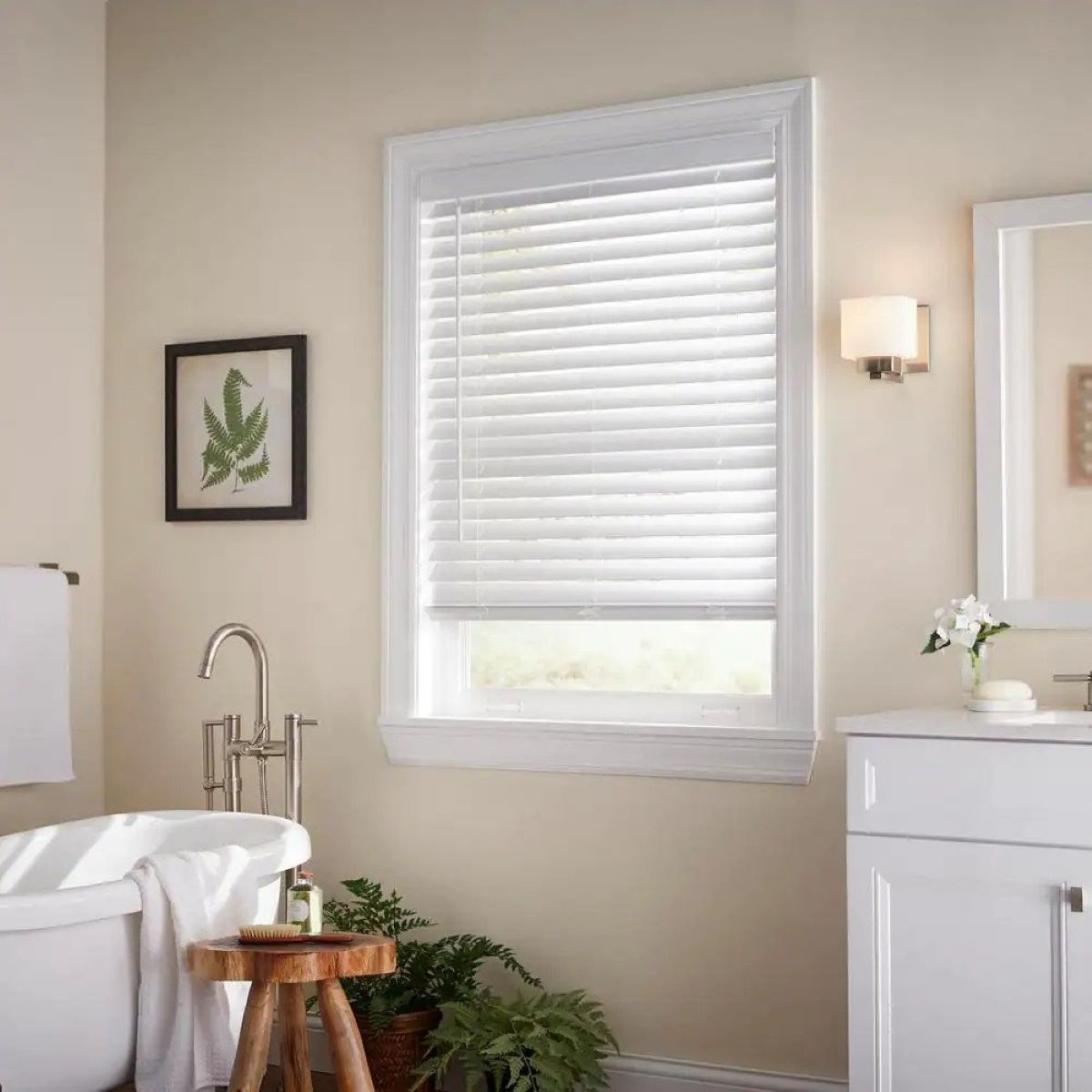





0 thoughts on “How Much Does Faux Wood Blinds Cost”